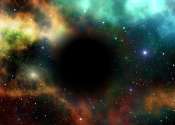New Law of Physics Could Explain Quantum Mysteries
(PhysOrg.com) -- Since the early days of quantum mechanics, scientists have been trying to understand the many strange implications of the theory: superpositions, wave-particle duality, and the observer’s role in measurements, ...









